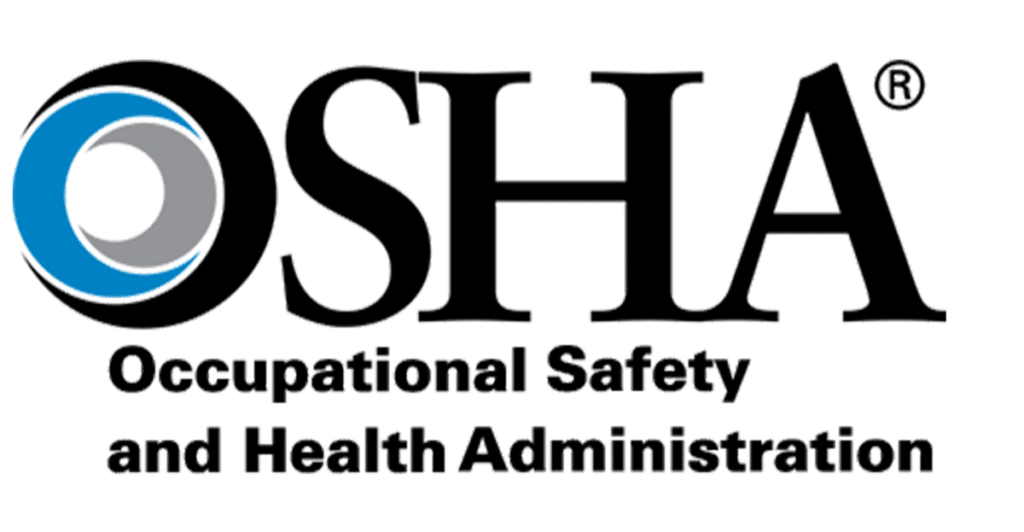
OSHA is committed to protecting the health and safety of America’s workers and workplaces during these unprecedented times.
The agency will be issuing a series of alerts designed to keep workers safe.
Ensuring adequate ventilation throughout the work environment can help to maintain a safe and healthy workplace. Employers should work with a heating, ventilation, and air conditioning (HVAC) professional to consider steps to optimize building ventilation. An HVAC professional can ensure that the ventilation system is operating as intended. The following tips can help reduce the risk of exposure to the coronavirus:

- Encourage workers to stay home if they are sick.
- Ensure all HVAC systems are fully functional, especially those shut down or operating at reduced capacity during the pandemic.
- Remove or redirect personal fans to prevent blowing air from one worker to another.
- Use HVAC system filters with a Minimum Efficiency Reporting Value (MERV) rating of 13 or higher, where feasible.
- Increase the HVAC system’s outdoor air intake. Open windows or other sources of fresh air where possible.
- Be sure exhaust air is not pulled back into the building from HVAC air intakes or open windows.
- Consider using portable high-efficiency particulate air (HEPA) fan/filtration systems to increase clean air, especially in higher-risk areas.
- When changing filters, wear appropriate personal protective equipment. ASHRAE recommends N95 respirators, eye protection (safety glasses, goggles, or face shields), and disposable gloves.
- Make sure exhaust fans in restrooms are fully functional, operating at maximum capacity, and are set to remain on.
- Encourage workers to report any safety and health concerns.
For more information, visit www.osha.gov/coronavirus or call 1-800-321-OSHA (6742).
OSHA issues alerts to draw attention to worker safety and health issues and solutions.
This document does not have the force and effect of law and is not meant to bind the public in any way. This document is intended only to provide clarity to the public regarding existing requirements under the law or agency policies.
Latest COVID-19 Risk Management Posts:
- OSHA Updates Mitigation and Prevention Guidance for COVID-19
- COVID-19 Delta Variant: What to Know
- OSHA Issues COVID-19 Emergency Temporary Standard for Health Care
- OSHA Updates Guidance for Mitigating and Preventing the Spread of COVID-19 in the Workplace
- OSHA Updates Recording Guidance for Adverse COVID-19 Vaccine Reactions

